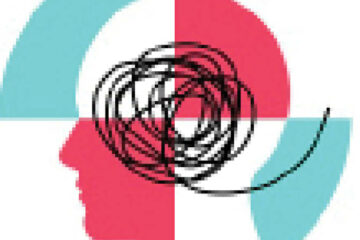Compiled by Aisha Abdullahi Baba-Isah
Progeria, also known as Hutchinson-Gilford syndrome, is an extremely rare, progressive genetic disorder that causes children to age rapidly, starting in their first two years of life.
Children with progeria generally appear normal at birth. During the first year, signs and symptoms, such as slow growth and hair loss, begin to appear.
Heart problems or strokes are the eventual cause of death in most children with progeria. The average life expectancy for a child with progeria is about 13 years. Some with the disease may die younger and others may live longer, even up to 20 years.
There’s no cure for progeria, but ongoing research shows some promise for treatment.
Symptoms
Usually, within the first year of life, the growth of a child with progeria slows markedly, but motor development and intelligence remain normal.
Signs and symptoms of this progressive disorder include a distinctive appearance:
• Slowed growth, with below-average height and weight
• Narrowed face, small lower jaw, thin lips, and beaked nose
large head
• Prominent eyes and incomplete closure of the eyelids
• Hair loss, including eyelashes and eyebrows
• Thinning, spotty, wrinkled skin
• Visible veins
• High-pitched voice
Signs and symptoms also include health issues:
• Severe progressive heart and blood vessel (cardiovascular) disease
• Hardening and tightening of the skin on the trunk and extremities (similar to scleroderma)
• Delayed and abnormal tooth formation
• Some hearing loss
• Loss of fat under the skin and loss of muscle mass
• Skeletal abnormalities and fragile bones
• Stiff joints
• Hip dislocation
• Insulin resistance
Causes
The mutation of a single gene known as lamin A (LMNA) is responsible for progeria. The gene makes a protein necessary for holding the centre (nucleus) of a cell together. When this gene has a defect (mutation), an abnormal form of the lamin A protein called progerin is produced and makes cells unstable. This appears to lead to progeria’s aging process. However, unlike many genetic mutations, progeria is rarely passed down in families. The gene mutation is a rare, chance occurrence in the majority of cases.
Risk factors
There are no known factors, such as lifestyle or environmental issues, which increase the risk of having progeria or of giving birth to a child with progeria. Progeria is extremely rare. For parents who have had one child with progeria, the chances of having a second child with progeria are about 2 to 3 percent.
Maryam and Aisha is of Great Heights Academy, Abuja.






